One of the key reasons we started Jelly Ko was because we saw how quickly K-Beauty trends come and go—often leaving consumers feeling confused, overwhelmed, or left behind. In Korea, it's not uncommon for a product to go viral one month and disappear the next. While innovation is one of K-Beauty’s biggest strengths, the constant churn can make it hard for people to find products they can stick with—and trust. We wanted to create a brand that slows things down a little. A brand that focuses on formulas you’ll actually want to keep using, with textures you fall in love with and results you can see over time. Jelly Ko is all about putting the fun in functional skincare—without the pressure to chase the next big thing every month.
SHOP JELLY KO

4. Cons of Korean Beauty Abroad: Ingredient Transparency & Education
K-Beauty often uses trendy or natural ingredients (like snail mucin or fermented extracts), but:
- Labels aren’t always fully translated.
- Some ingredient names sound unfamiliar or exotic, which can lead to mistrust or confusion, especially in regions with stricter cosmetic regulations.
- Foreigners may feel they’re not sure what they’re putting on their skin or struggle to identify potential allergens.

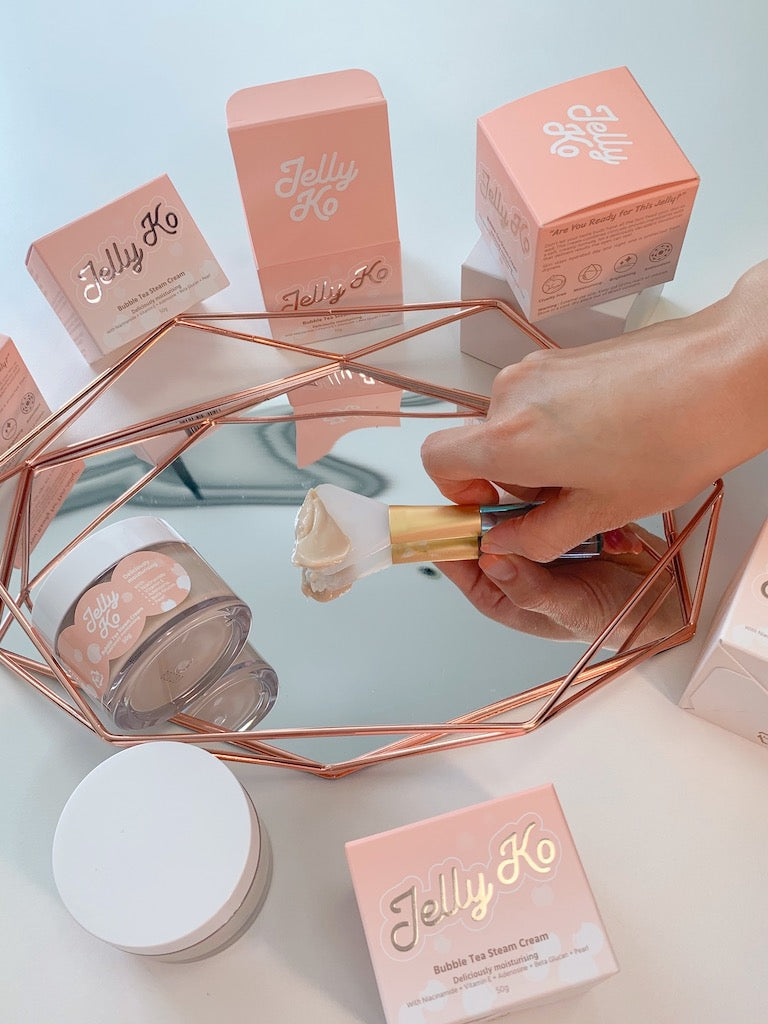
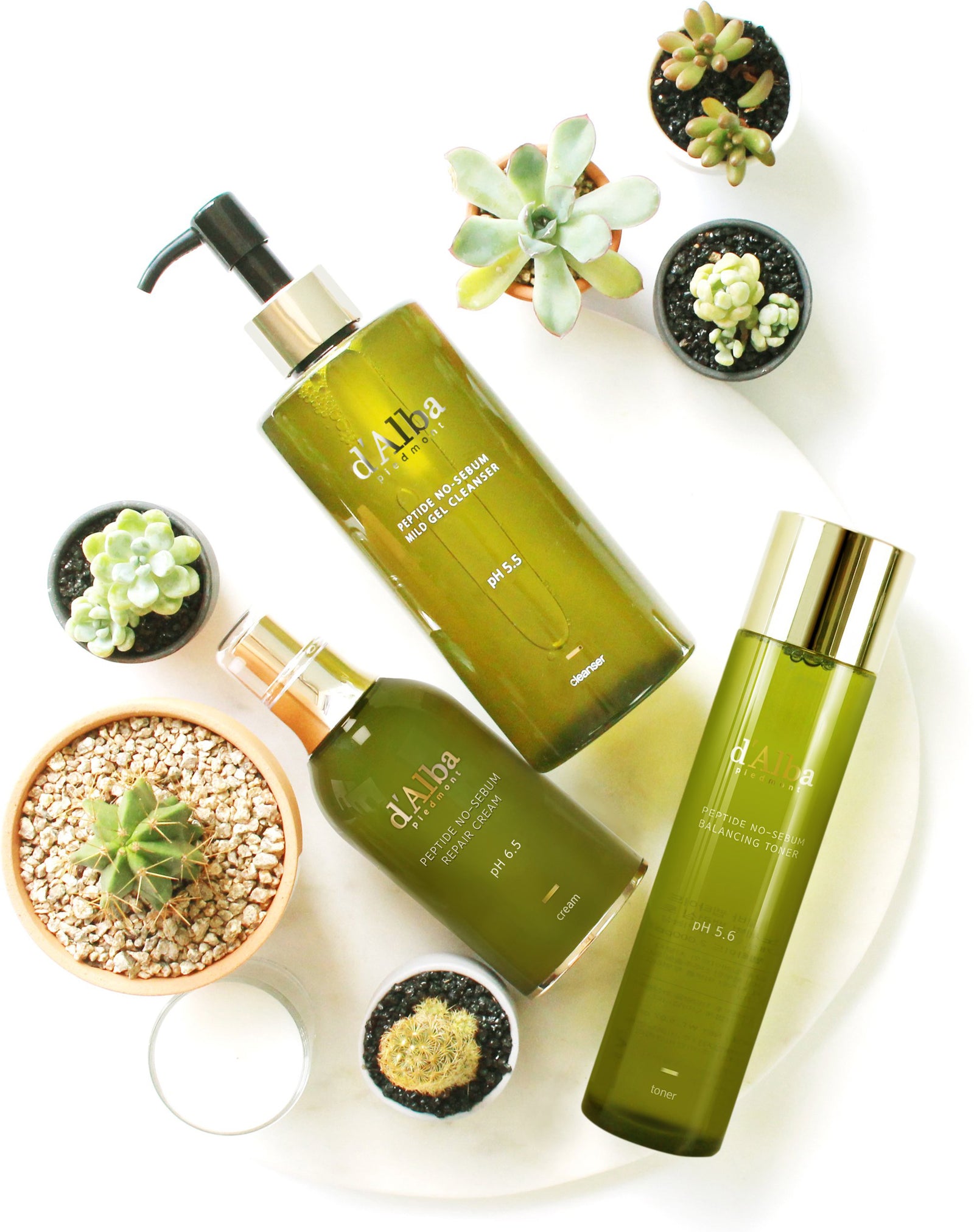
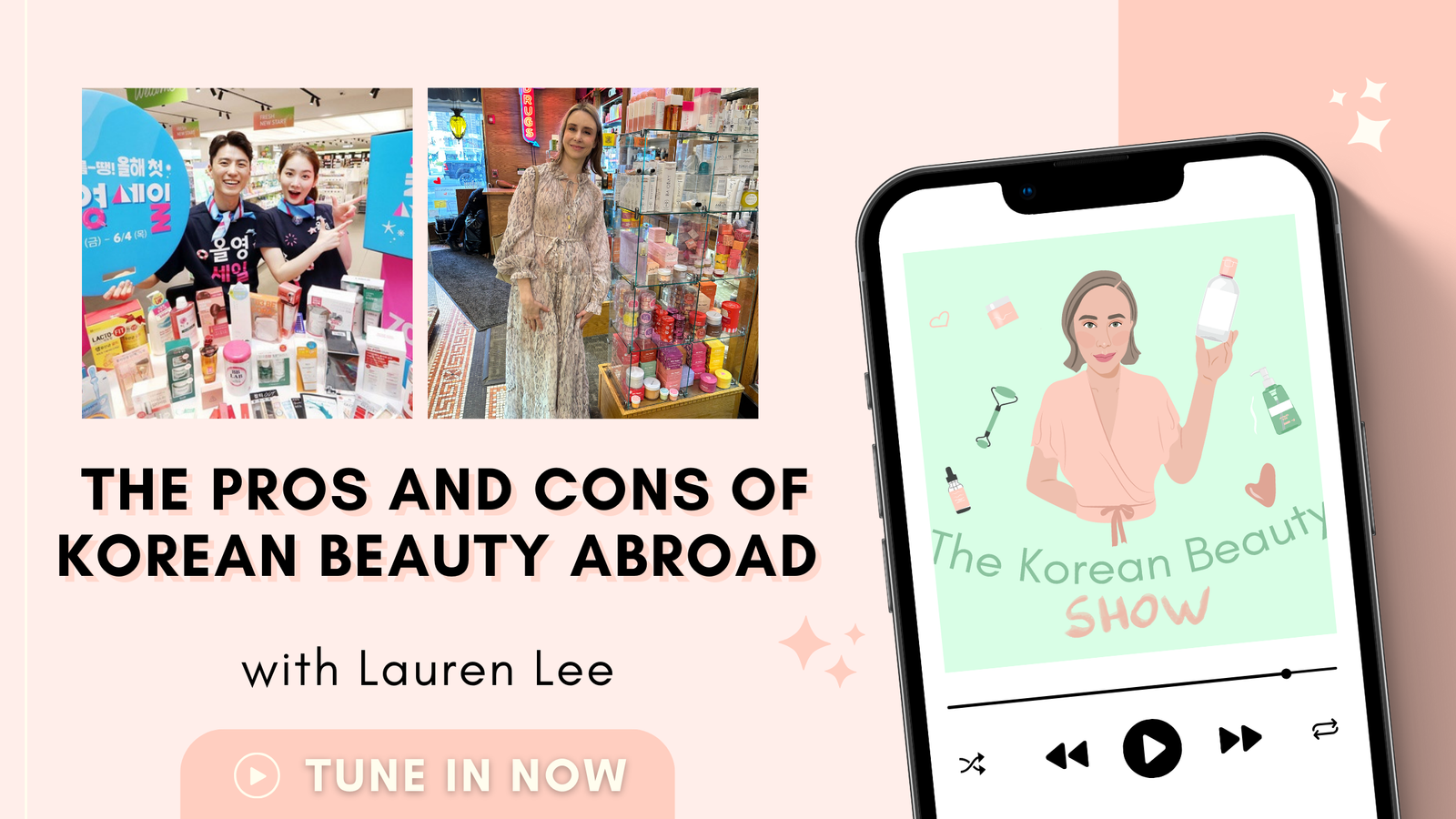








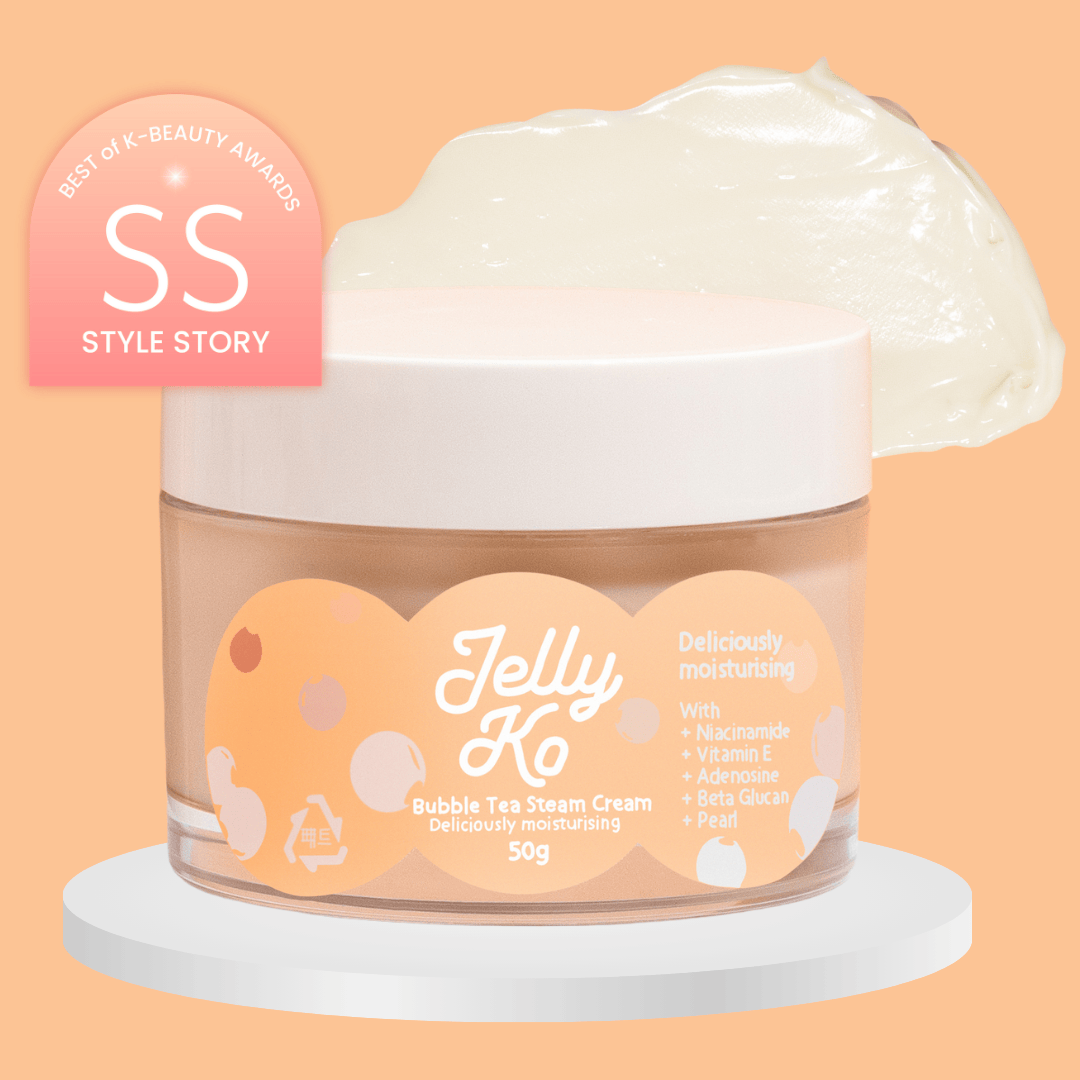
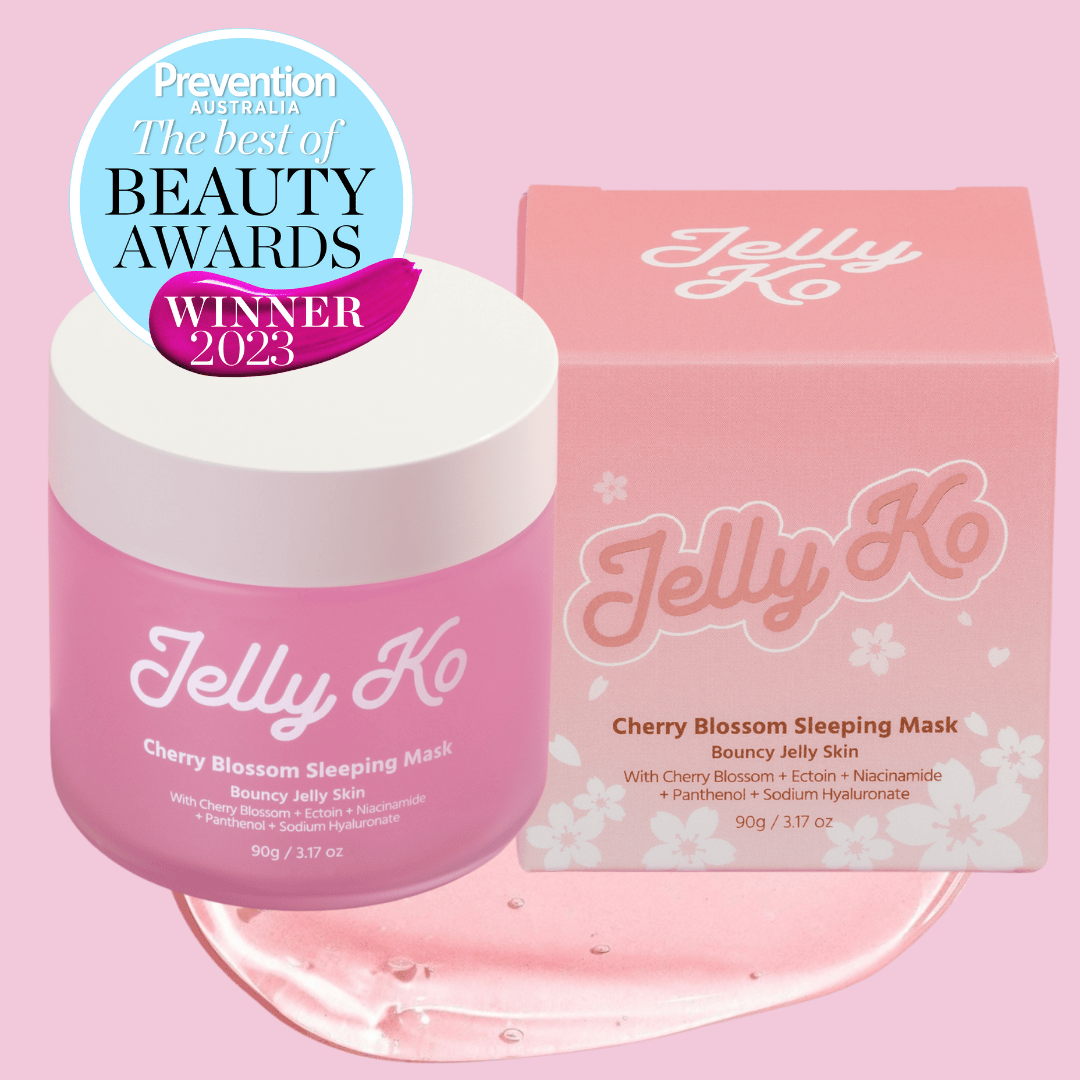
Leave a comment
Comments will be approved before showing up.